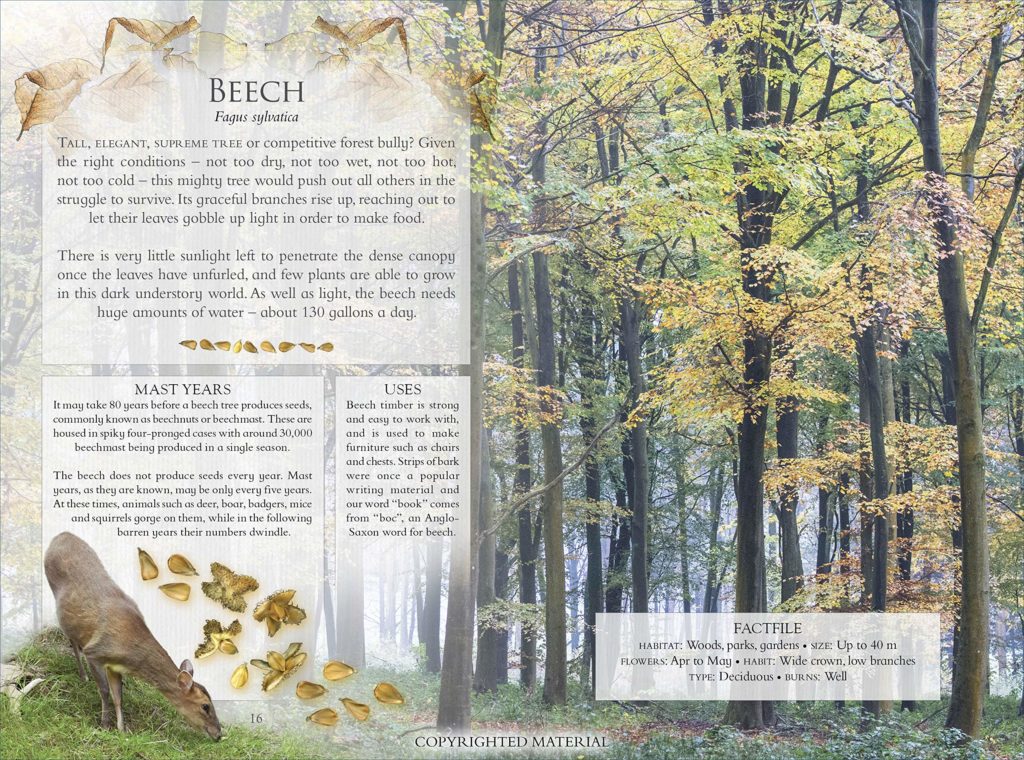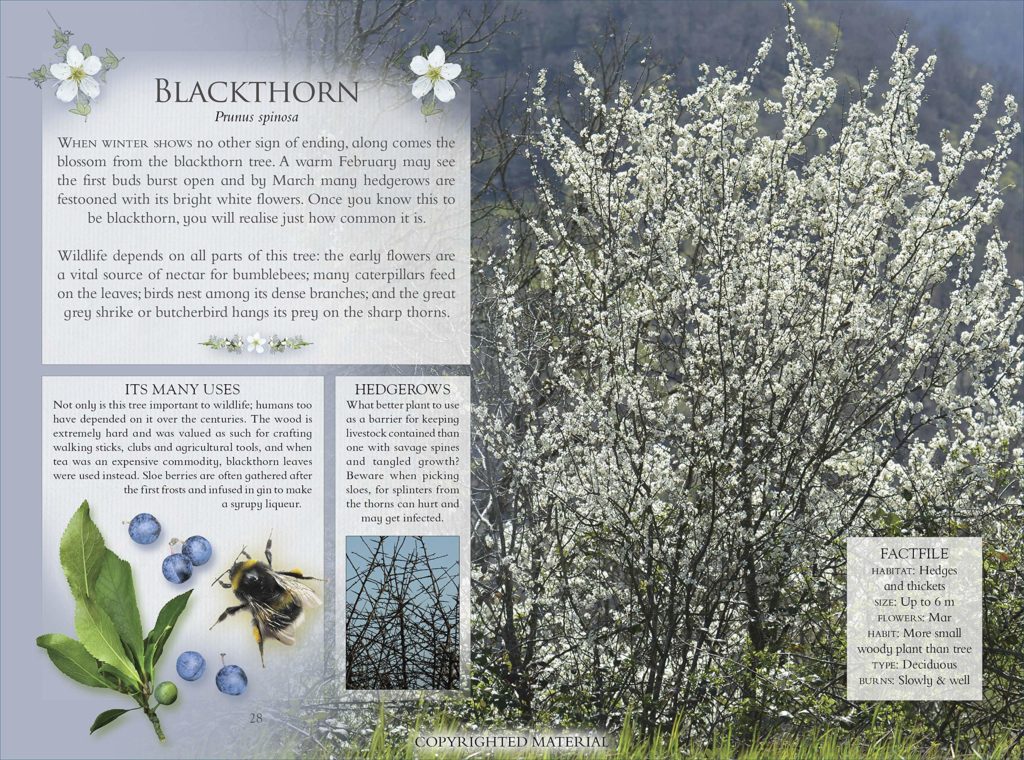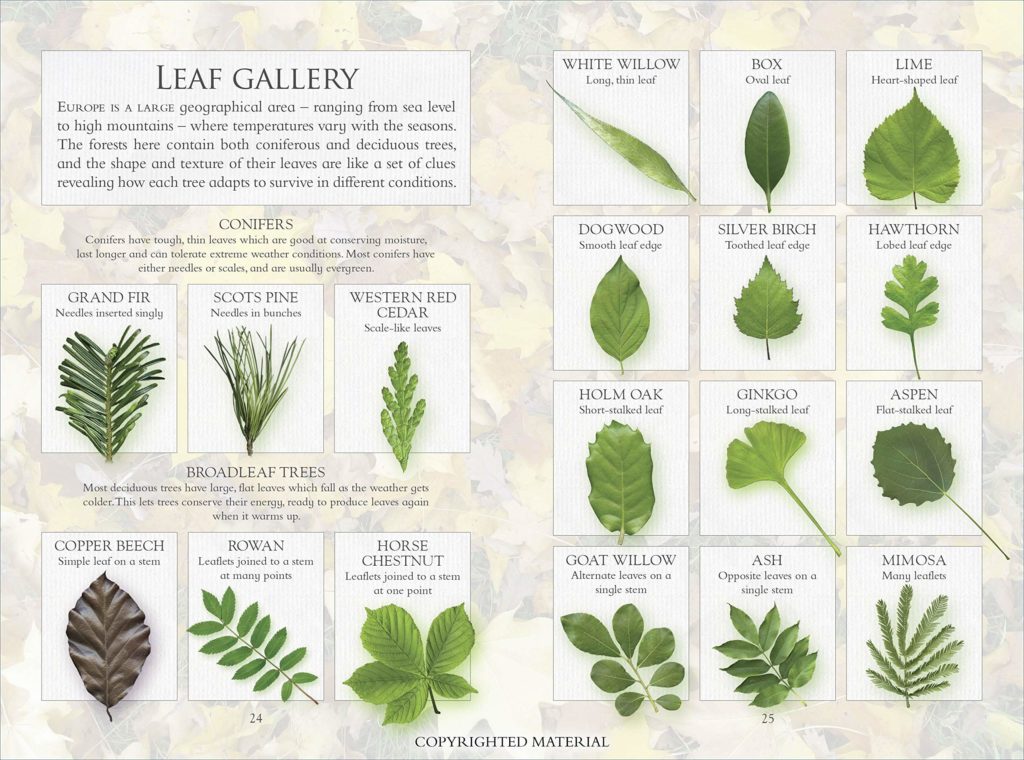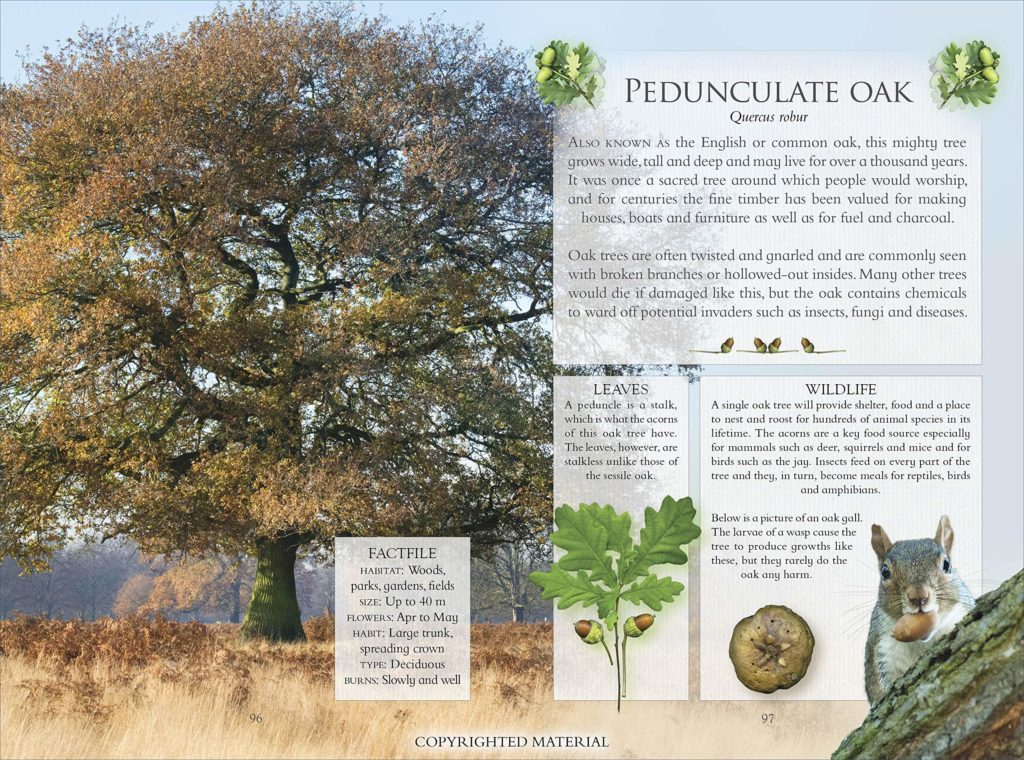
I have had the privilege to be involved as a consultant to a wonderful new book: The Little Book of Trees by Andrea Pinnington & Caz Buckingham. I was also very pleased to introduce the authors to the important work of The Forest School Association.
“Recognising trees is an important step towards reading nature, and I am convinced this book will sow a seed of passion in many budding naturalists.”
An extract from the Foreword written by Gabriel Hemery of The Little Book of Trees by Andrea Pinnington and Caz Buckingham
Recently I caught up with authors Andrea Pinnington and Caz Buckingham, who kindly answered some questions for me about the book:
The Little Book of Trees may be small but is packed with information. Who do you think this book will appeal to?
We have produced this series with all the family in mind, with a reading age of 7 years and upwards. The book is for everyone who enjoys the natural world and would like to know more about individual tree species and key plant themes such as pollination and growth. The pages are highly illustrated and feature over 40 of the most common trees in Britain as well as the plants, animals and fungi that depend upon them.
The first edition of the book was published in 2019. What’s new in this 2023 edition?
The original edition was a hardback book, much like the well-known old Observer guides. However, we felt that this lighter paperback format would be more practical and easier to carry around. It also includes galleries of individual species on flaps at the front and back of the book to make it easier to identify trees on walks outside (rarely an easy task!). This edition is being printed alongside two other titles in the series: The Little Book of Butterflies and The Little Book of Wild Flowers in the same format and in association with nature organisations. The paperbacks also give us the extra space to feature forewords from each of our wonderful nature consultants who have been key in helping us make these books.
You produced the book in partnership with the Forest School Association (FSA). What is it about the FSA that you felt matches well with the book?
The FSA is the professional body and UK-wide voice for Forest School – a play-based process that enables people of all ages and abilities to care for themselves, each other and the planet. We feel that this is a really good fit for our mission to educate families in the wonders of nature and we are very excited to have this opportunity to promote the work of Forest Schools.
As a busy small independent press, you must have more books on the go. Can you share any information about forthcoming titles, and are there any more with a focus on trees or woodlands?
Yes, we are lucky enough to be very busy. We try to spend as much time as possible observing and photographing nature as well as making books – 95% of the images in The Little Book of Trees were taken by us and we hope that this involvement with our subject matter helps our books to stand apart from others. We are currently working on The Little Book of Birds – which will be the fourth title in this series. There will be a huge amount of information in it about the trees on which birds depend and we are looking forward to it coming out sometime in 2024.





 This work is licensed under a Creative Commons Attribution- NonCommercial- NoDerivs 3.0 United States License.
This work is licensed under a Creative Commons Attribution- NonCommercial- NoDerivs 3.0 United States License.
